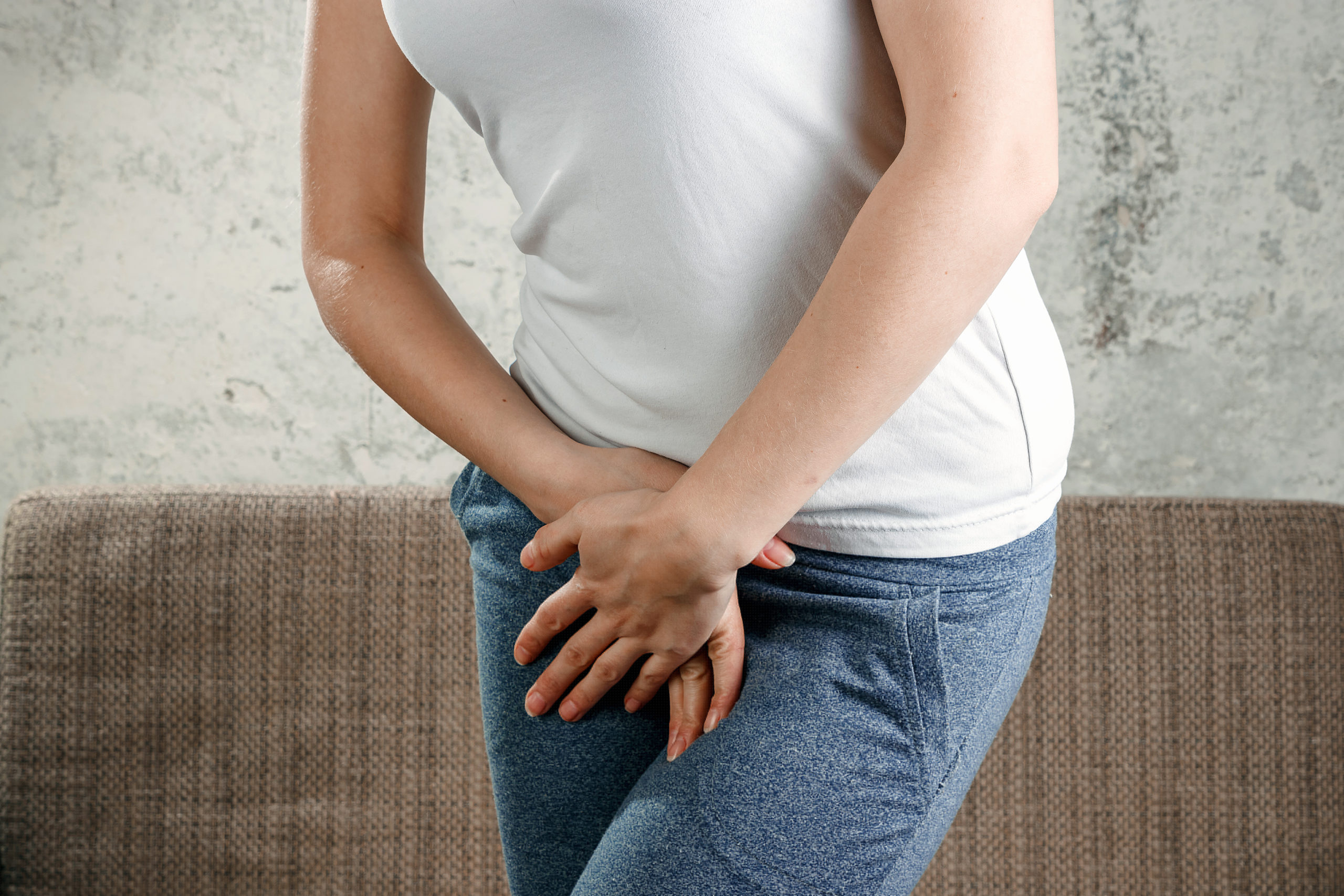Have you ever wondered why you have to go to the bathroom so badly when you hear, see or feel running water? Or why you get the sudden urge when you are trying to open a door? Have you ever thought that peeing your pants a little bit while coughing and sneezing was just a part of life after having a baby? Or why you leak while running or jumping? Well, this doesn’t have to be part of your life at all, in any circumstance! Urinary incontinence is something that plagues men and women of all ages. It impacts one’s life from a physical, psychological, mental, financial, emotional, and social standpoint. However, there are interventions that can help with these symptoms.
Let’s start by defining urinary incontinence. There are four types of incontinence.
- Stress incontinence due to poor closure of the bladder
- Urge incontinence due to an overactive bladder
- Overflow incontinence due to either poor bladder contraction or blockage of the urethra
- Functional incontinence due to medications or health problems, making it difficult to reach the bathroom.
The two most common types of incontinence are urge and stress incontinence. One can also have a combination of the two types, called mixed urinary incontinence. Urge incontinence is a type of incontinence that causes you to leak urine due to getting a sudden urge to go to the bathroom. Stress incontinence is a type that causes someone to leak during physical exertion or activity.
When it comes to urge incontinence, your brain is the biggest controller. Your brain sees the water, hears the water, and feels the water. This also causes your brain to trigger your bladder to spasm. Once your bladder starts to spasm, it is very hard not to rush to the bathroom and leak along the way. When you are arriving home, the brain also knows the routine. As you pull into the garage, you will bolt out of the car and into the house only to leak a little in your underpants while you are trying to pull them down. Your body is in panic mode in both of these scenarios.
The key here is to use your appropriate defenses, which are to keep your body as calm as possible and engage your pelvic floor muscles while in motion or standing still to help stop or slow the spasming of the bladder. Keeping your body calm and making your way to the restroom while breathing, helps to train your body and your brain into the appropriate routine.

Peeing your pants with coughing and sneezing or running and jumping is another story. In this case, your pelvic floor muscles lack the ability to activate the necessary strength and speed to help support the positioning of the bladder, more specifically, the bladder neck. Think about when you sneeze; you have to close your eyes or the pressure will cause some serious damage. The same pressure that is in your head is also in your abdomen, and this causes a huge rush of pressure onto the bladder. The rush is quick and fast, and without any protective mechanisms in place, such as engaging your pelvic floor muscles, you are setting yourself up for leakage if there is any weakness with the surrounding muscles.
If you experience this, it’s recommended to seek out a knowledgeable pelvic floor physical therapist to make sure you are appropriately engaging, relaxing, and strengthening your pelvic floor muscles, so they work to their full potential. If, for any reason, your body has suffered a trauma from things like pregnancy, delivery, sickness, or abdominal surgery, please allow your body some time for healing – but know therapy is an excellent option for you in the near future.
Peeing your pants doesn’t need to be a part of life. Don’t let your bladder take over your life and the activities you want to be able to do. You can also seek out help from your primary care physician, OB/GYN, or urologist. Remember, there are interventions to help you take control of your life and your leakage!
Fore more information, visit https://www.prevea.com/Medical-Services/Therapy-for-Womens-Care

Ashley Peterson, DPT, WCS, CSCS
Prevea Physical Therapist
I am a physical therapist and Board Certified Clinical Specialist in Women’s Health, and I have been working for Prevea for 8 years. I am a wife and mother of two with a passion for helping women through their lifespan.
Learn more about Ashley here: https://www.prevea.com/providers/Ashley-Peterson

















